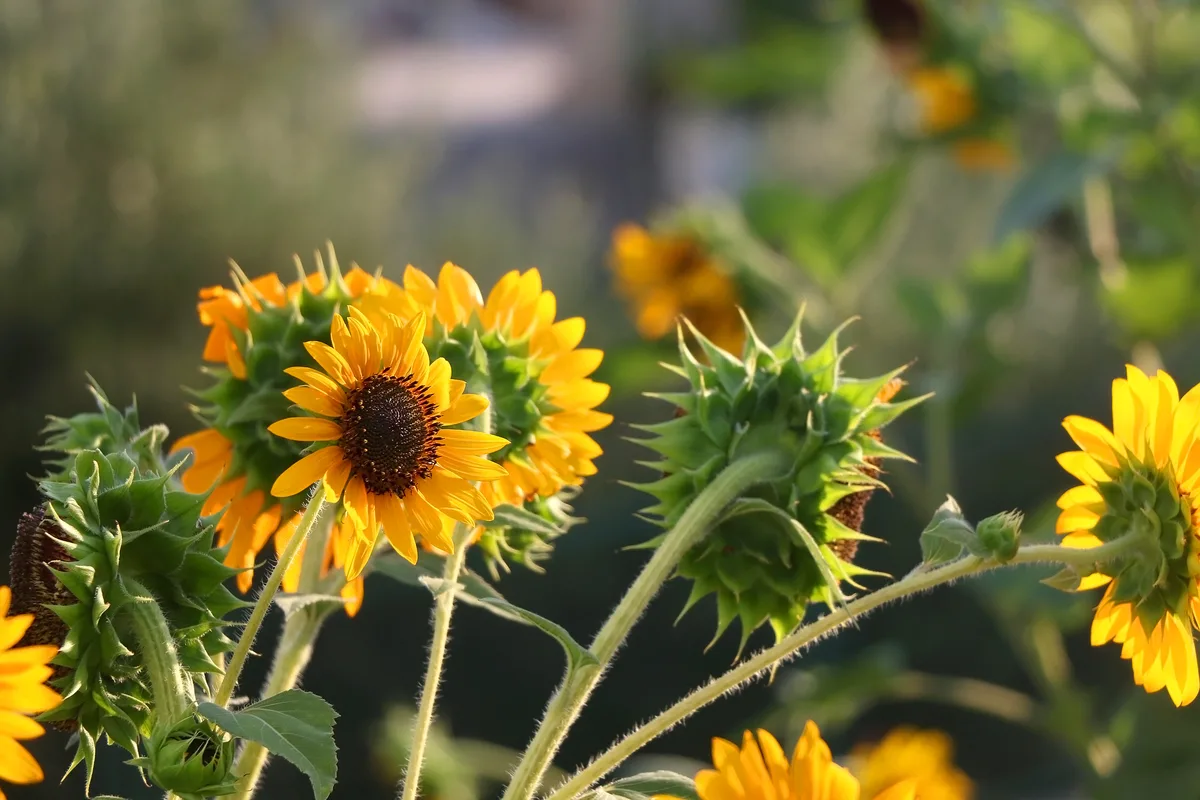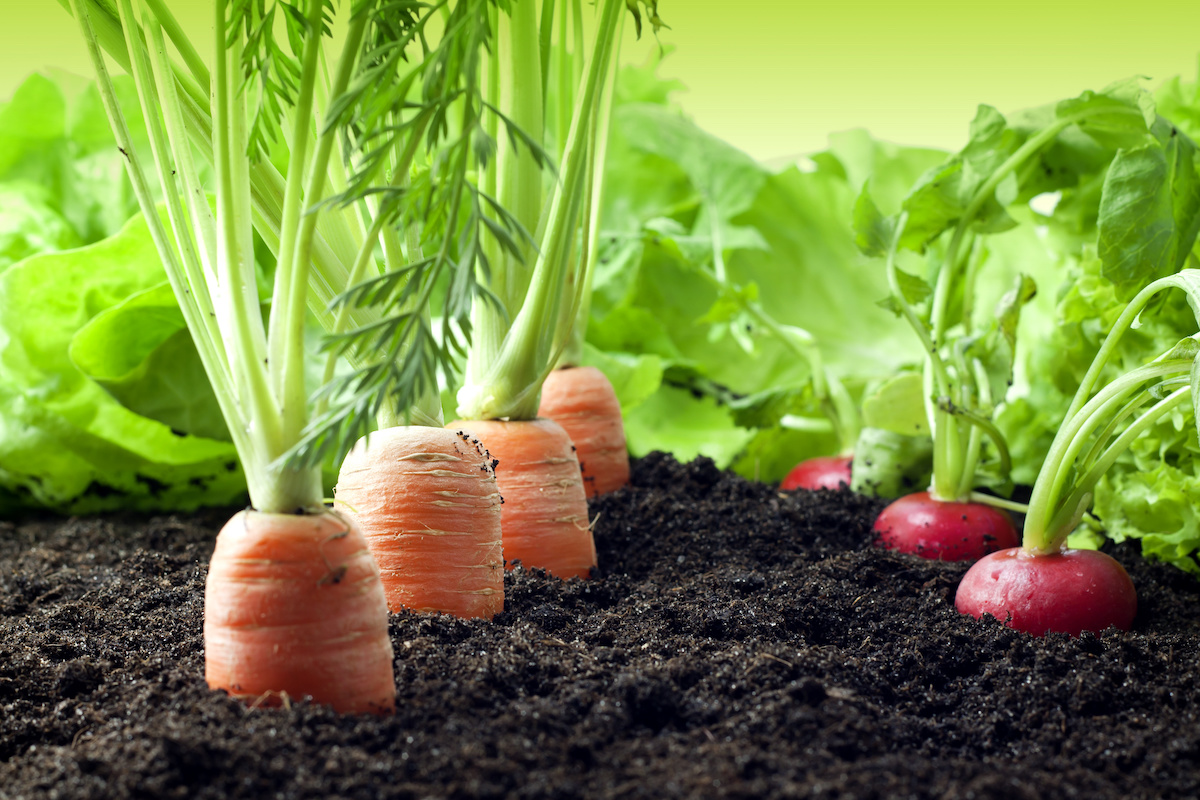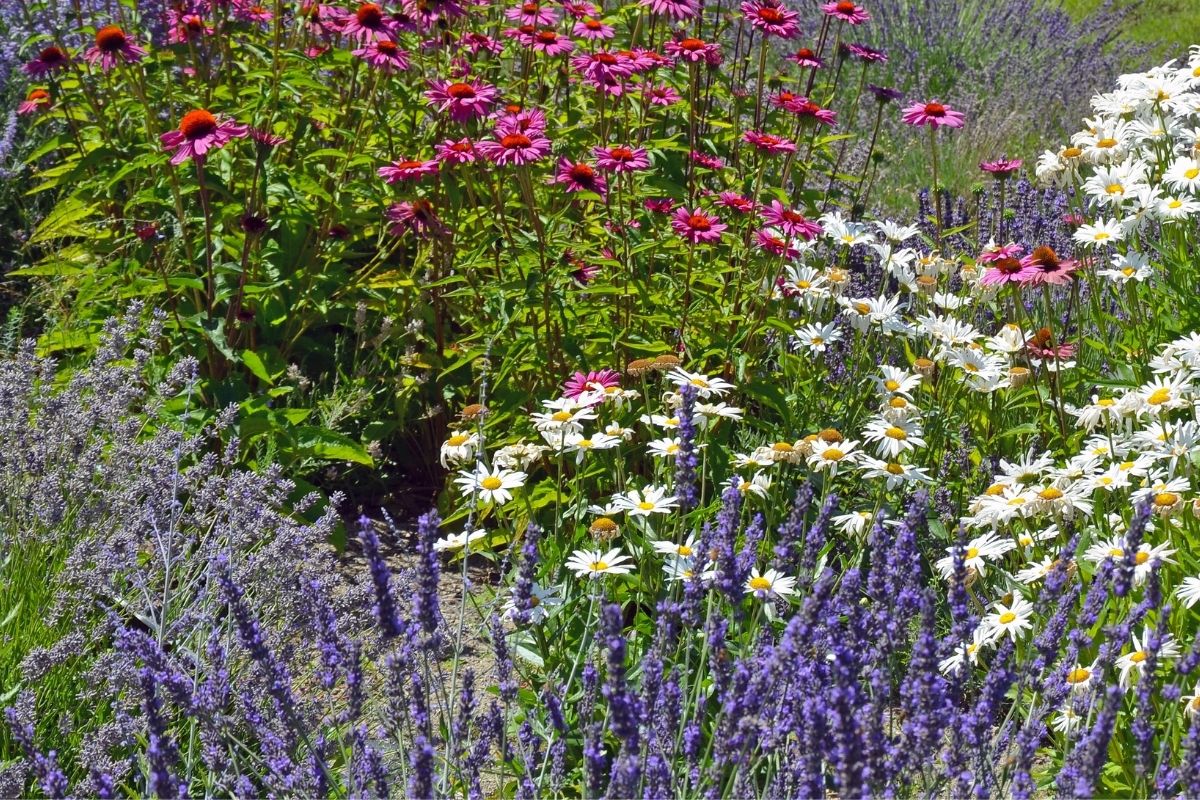Companion Plants: The Secret To A Healthy Thriving Garden
Companion Planting: The Secret to a Healthy Thriving Garden
Companion planting is a gardening technique that involves strategically planting different types of plants together to benefit each other. This can be done by planting plants that attract beneficial insects, repel pests, or improve the soil. When done correctly, companion planting can help to increase crop yields, improve plant health, and reduce the need for pesticides.
There are many different benefits to companion planting. Some of the most common benefits include:
- Increased crop yields: Companion planting can help to increase crop yields by attracting beneficial insects, such as ladybugs and lacewings, which prey on pests. Companion plants can also help to improve the soil, which can lead to healthier plants and higher yields.
- Improved plant health: Companion planting can help to improve plant health by deterring pests and diseases. For example, marigolds can help to repel nematodes, which can damage root crops. Companion plants can also help to shade other plants, which can protect them from the sun and wind.
- Reduced need for pesticides: Companion planting can help to reduce the need for pesticides by attracting beneficial insects and repelling pests. This can save you money and reduce your exposure to harmful chemicals.
- Enhanced beauty: Companion planting can also add beauty to your garden. When plants are arranged in a complementary way, they can create a more attractive and inviting space.
If you are interested in trying companion planting, there are a few things you need to keep in mind. First, you need to choose the right plants for your garden. There are many different companion planting charts available online that can help you to choose the right plants for your specific needs.
Once you have chosen your plants, you need to plant them in the right way. Companion plants should be planted in close proximity to each other, but not so close that they compete for resources. You should also make sure that the plants you choose are compatible with each other. For example, some plants, such as tomatoes and potatoes, attract the same pests, so it is not a good idea to plant them together.
With a little planning, companion planting can be a great way to improve your garden. By planting the right plants together, you can increase crop yields, improve plant health, and reduce the need for pesticides. So why not give it a try?
Here are some of the most popular companion planting combinations:
- Beans and corn: Beans fix nitrogen in the soil, which benefits the corn. Corn provides shade for the beans, which helps to protect them from the sun.
- Carrots and leeks: Carrots and leeks help to repel each other's pests.
- Marigolds and tomatoes: Marigolds repel nematodes, which can damage tomato roots.
- Nasturtiums and cabbage: Nasturtiums attract aphids, which are then eaten by ladybugs, which help to control cabbage pests.
- Potatoes and chives: Chives repel potato beetles.
Here are some tips for companion planting:
- Do your research: Before you plant anything, do your research to make sure that the plants you choose are compatible with each other.
- Plant in close proximity: Companion plants should be planted in close proximity to each other, but not so close that they compete for resources.
- Consider the sun: Some plants need full sun, while others prefer partial shade. Make sure to plant your companion plants in the right location.
- Be patient: Companion planting takes time to work. Don't expect to see results overnight.
Conclusion
Companion planting is a great way to improve your garden. By planting the right plants together, you can increase crop yields, improve plant health, and reduce the need for pesticides. So why not give it a try?
Are you looking for a comprehensive source of information on herbs and seeds? If so, you need to visit Gardenia Inspiration. Companion Plants is an internationally recognized herb nursery established in 1982. They offer over 600 varieties of common and exotic herb plants, as well as over 200 varieties of seed. Most of their plants are grown using environmentally friendly methods.
In addition to their online store, Companion Plants also has a physical location in Athens, Ohio. Visitors are invited to come stroll through their greenhouses and display/production beds. There is always someone on hand to answer questions or point out something of interest.
Whether you are a seasoned gardener or just starting out, Companion Plants has something to offer you. Their knowledgeable staff can help you choose the right plants for your needs. They also offer a variety of educational resources, such as articles, videos, and webinars.
So what are you waiting for? Visit Gardenia Inspiration today and learn more about herbs and seeds!
FAQ of companionplants com
1. What is companion planting?
Companion planting is a gardening technique that involves planting certain plants together to benefit each other. Some plants attract beneficial insects, while others deter pests. Some plants improve the soil, while others improve the flavor of the vegetables they are grown with.
2. What are the benefits of companion planting?
There are many benefits to companion planting, including:
- Increased yields
- Improved plant health
- Reduced pest and disease problems
- Enhanced flavor of vegetables
- Increased biodiversity in the garden
3. How do I find out which plants are good companions?
There are many resources available to help you find out which plants are good companions. Companion planting charts are a good place to start. You can also find information online and in gardening books.
4. How do I plant companion plants?
When planting companion plants, it is important to consider the following factors:
- The size of the plants
- The sunlight requirements of the plants
- The soil type
- The climate
5. Where can I find more information about companion planting?
There are many resources available to learn more about companion planting. Here are a few suggestions:
- The Companion Planting Bible by Louise Riotte
- The Vegetable Gardener's Companion by Carol Deppe
- The Edible Forest Garden by Martin Crawford
- The Companion Planting website
Image of companionplants com
Sure, I found 5 different images of "companionplants com" from Pinterest.com:
- Image 1: A photo of a garden with tomatoes, peppers, and basil plants. The caption reads, "Companion planting is a great way to attract beneficial insects and deter pests in your garden."
- Image 2: A diagram of a companion planting chart, showing which plants are good to grow together and which plants should be avoided.

- Image 3: A photo of a sunflower plant next to a marigold plant. The caption reads, "Sunflowers and marigolds are two great companion plants that attract beneficial insects and deter pests."

- Image 4: A photo of a carrot plant next to a radish plant. The caption reads, "Carrots and radishes are two root vegetables that can be planted together because they have different root systems."

- Image 5: A photo of a lavender plant next to a tomato plant. The caption reads, "Lavender and tomatoes are two herbs that can be planted together because they repel pests and attract beneficial insects."

Post a Comment for "Companion Plants: The Secret To A Healthy Thriving Garden"